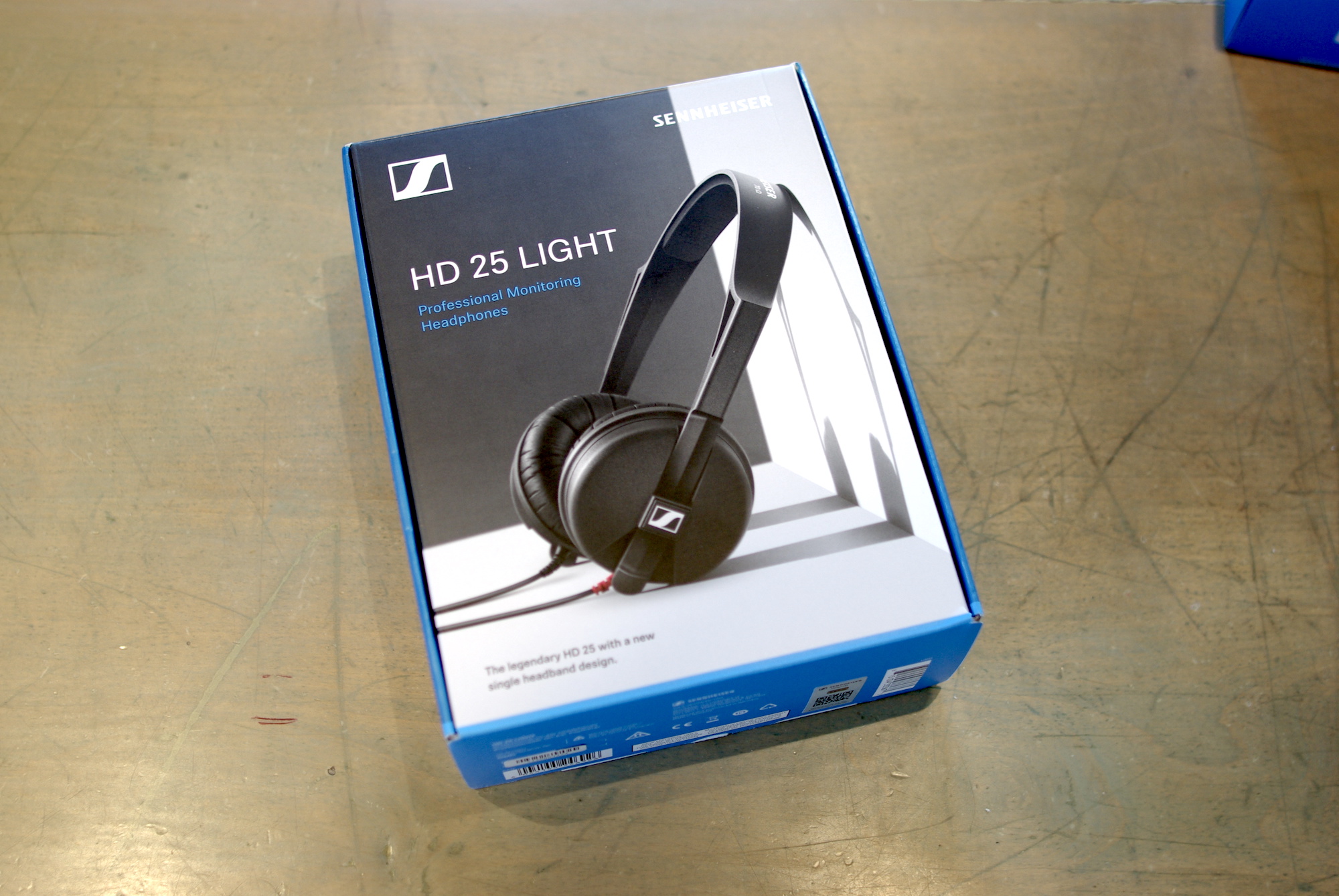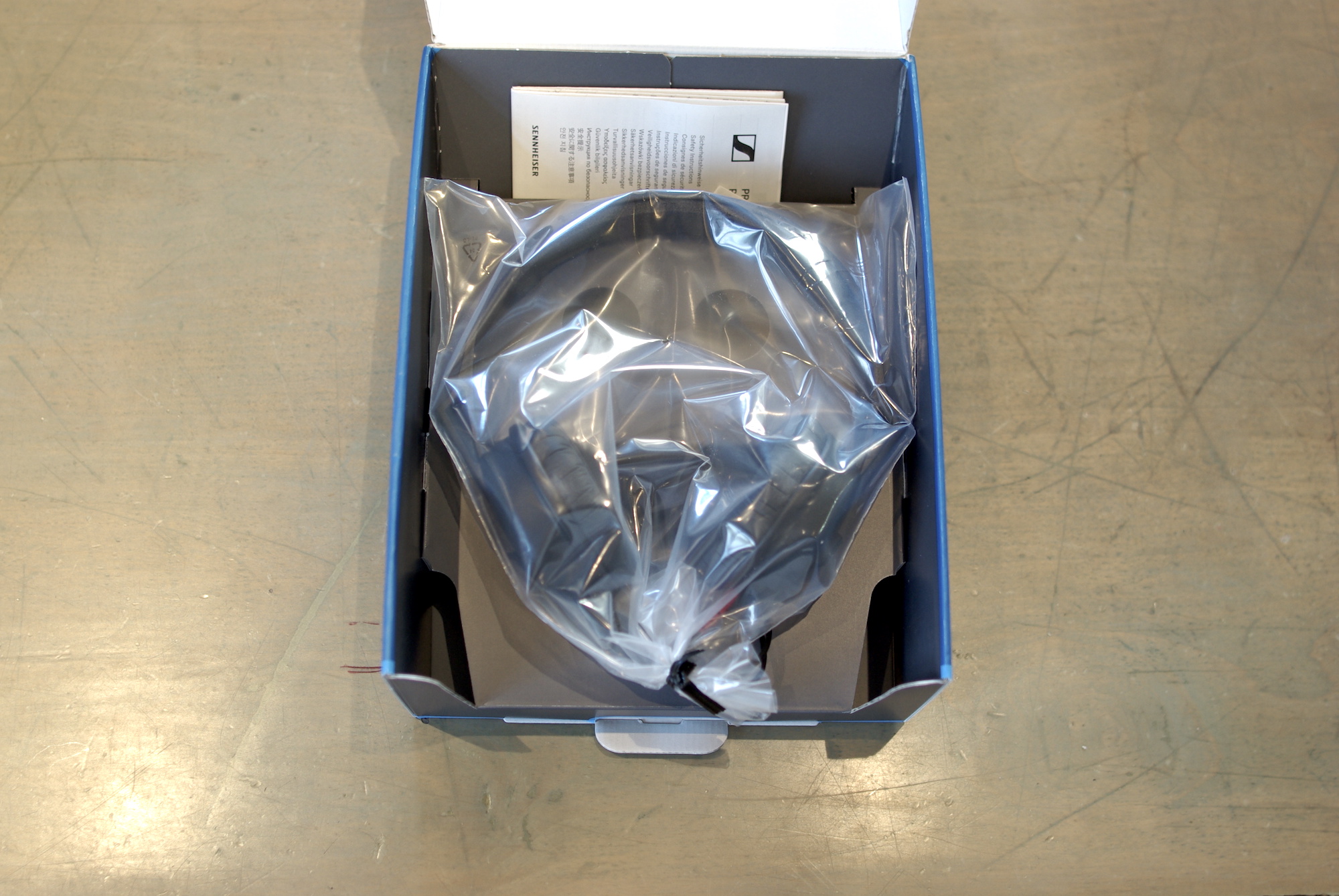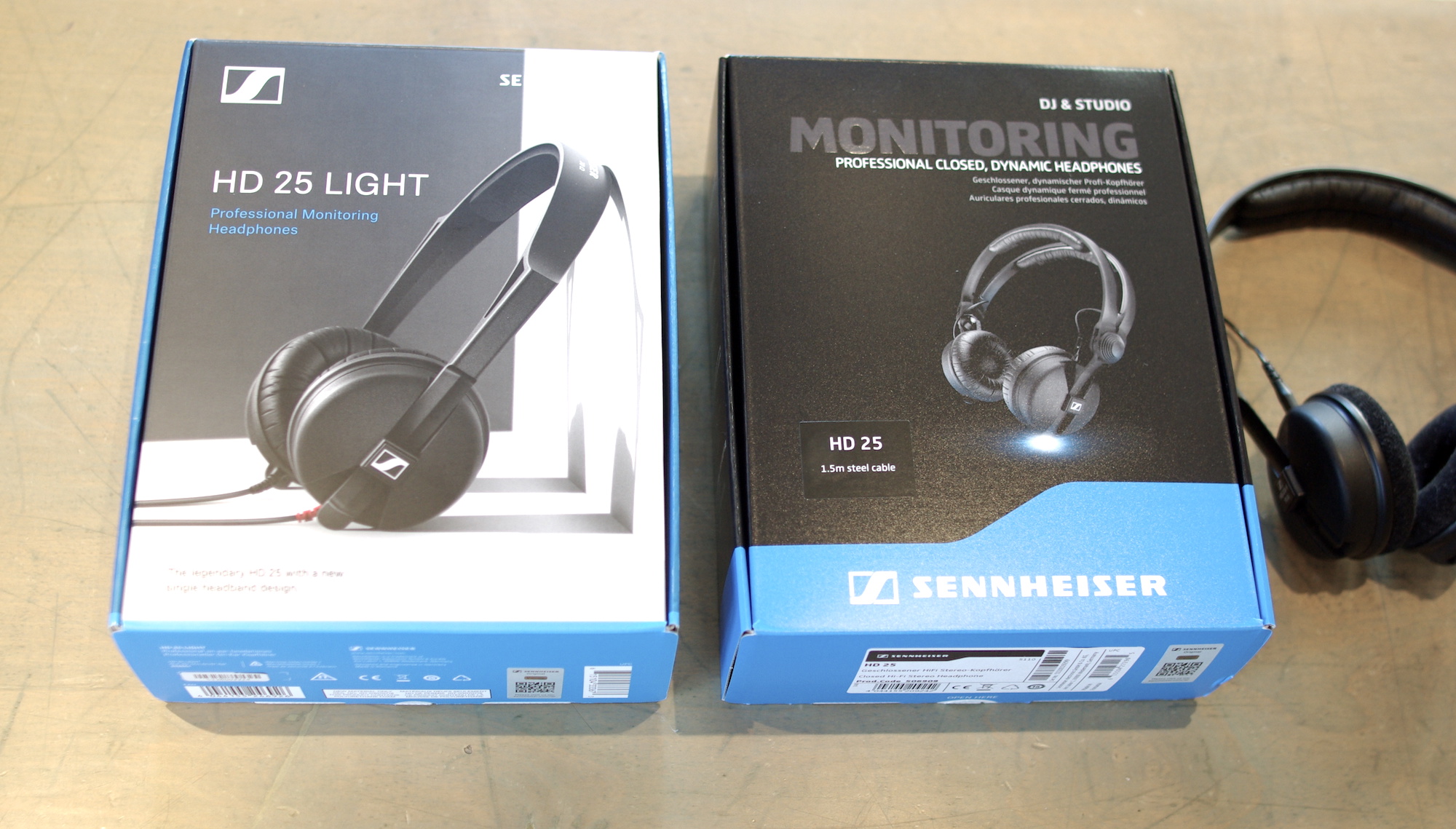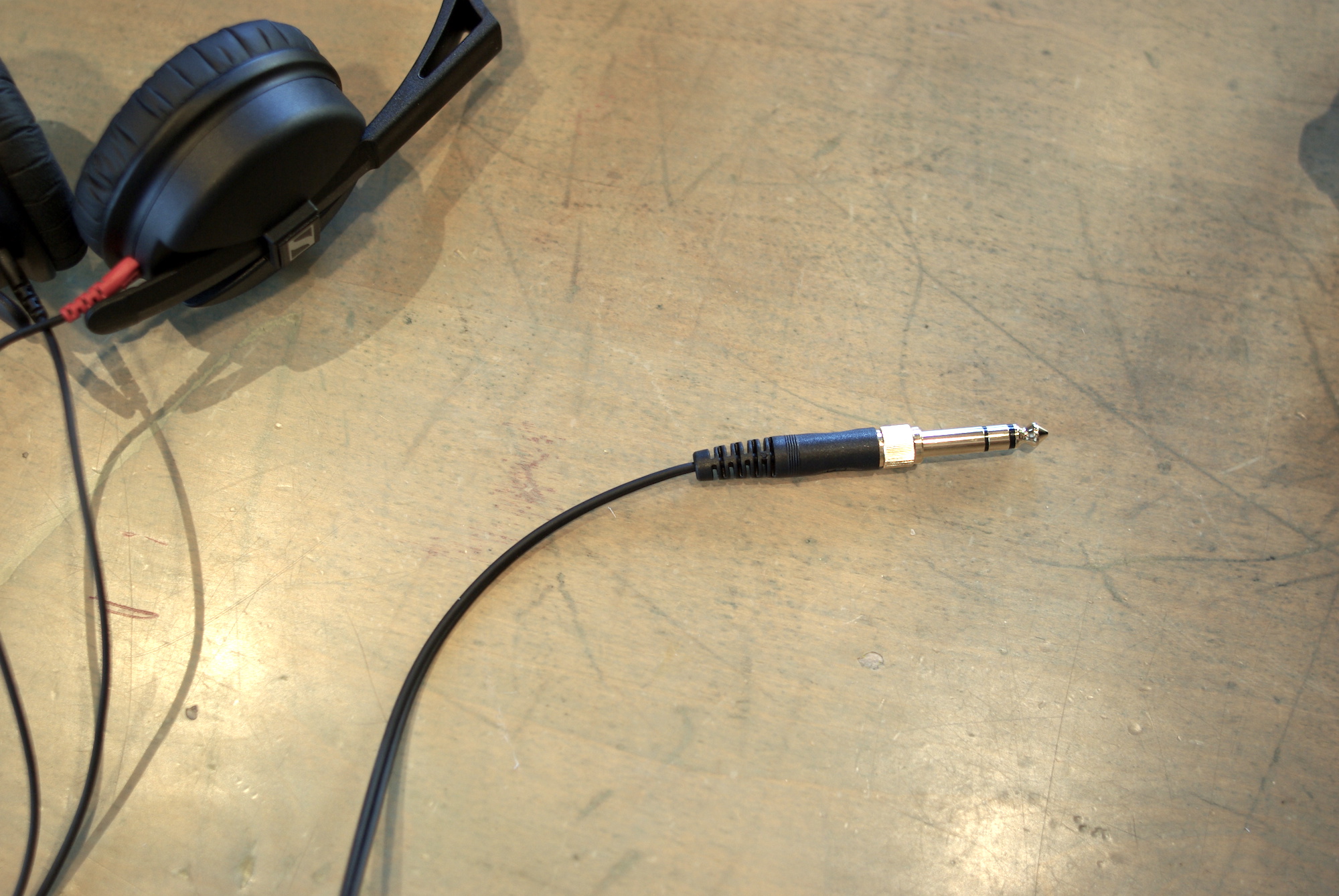Updated for 2020, Sennheiser’s HD25 Lights now sound almost identical to the more expensive models in the range.
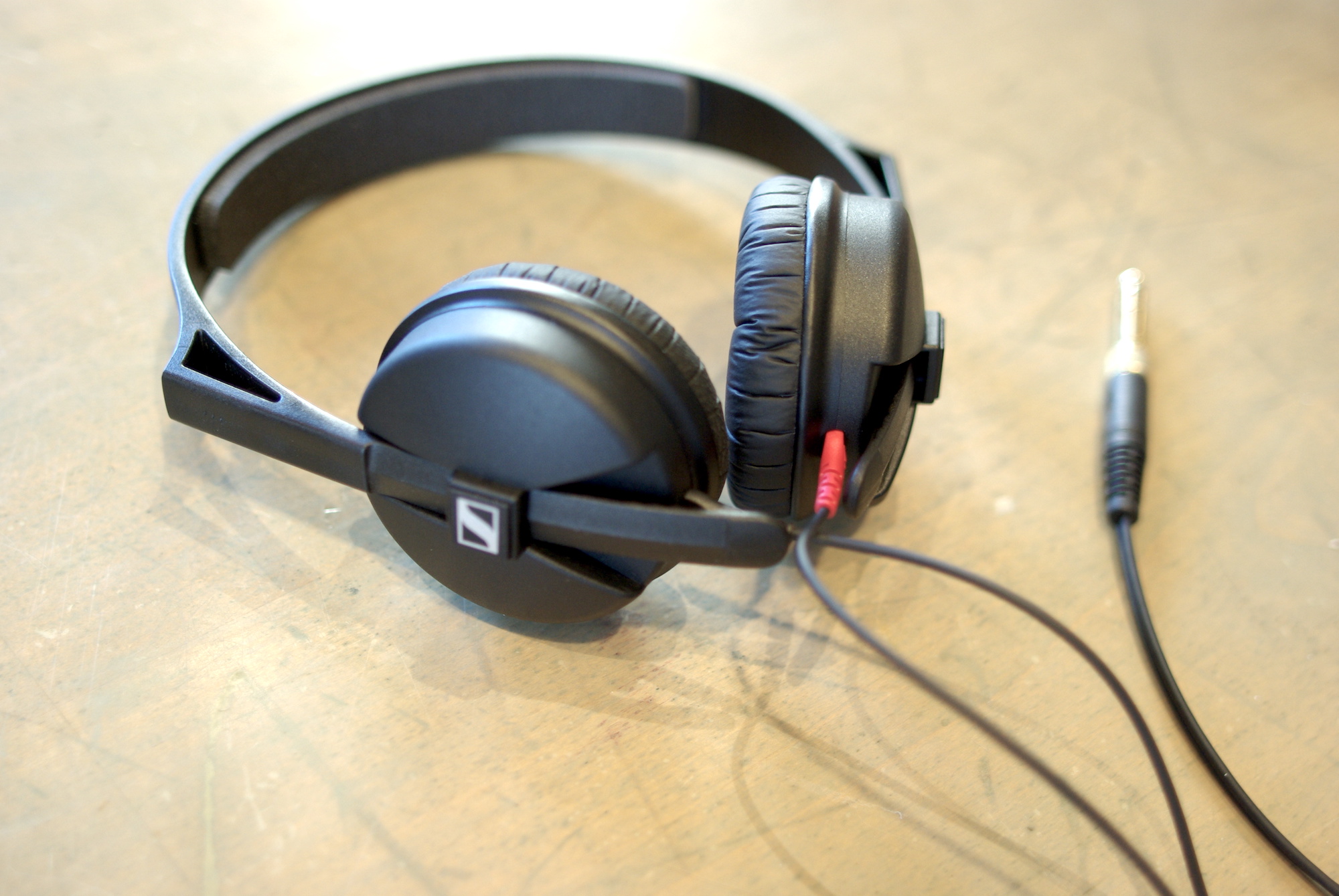
Originally released in 1988, Sennheiser’s HD25 headphones were always a somewhat unlikely choice for DJs, having been intended for the broadcast market. As it turned out, the high sound pressure level, comfort and durability that the HD25s offered translated just as well to the DJ booth and the studio as it did on a TV set or film location. They may not be universally loved, but the HD25s ended up being as close to a de facto industry standard DJ headphone as you can get, still widely used by DJs and producers 32 years later.
Updated for 2020, the HD25 Lights are the entry-level version of the classics, offering a slightly cut-down feature set when compared with the standard HD25 model. Perhaps the best way to understand what the Light offers is to compare with the top-of-the-range HD25 Plus model, which comes in around twice the price of the Lights. With the Plus you get a split headband with rotating ear cups, a choice of coiled or straight cables, replacement earpads and a carry case. The Light has a more simple single-piece headband without rotating cups, a straight cable as standard, one set of faux-leather earpads and no case.
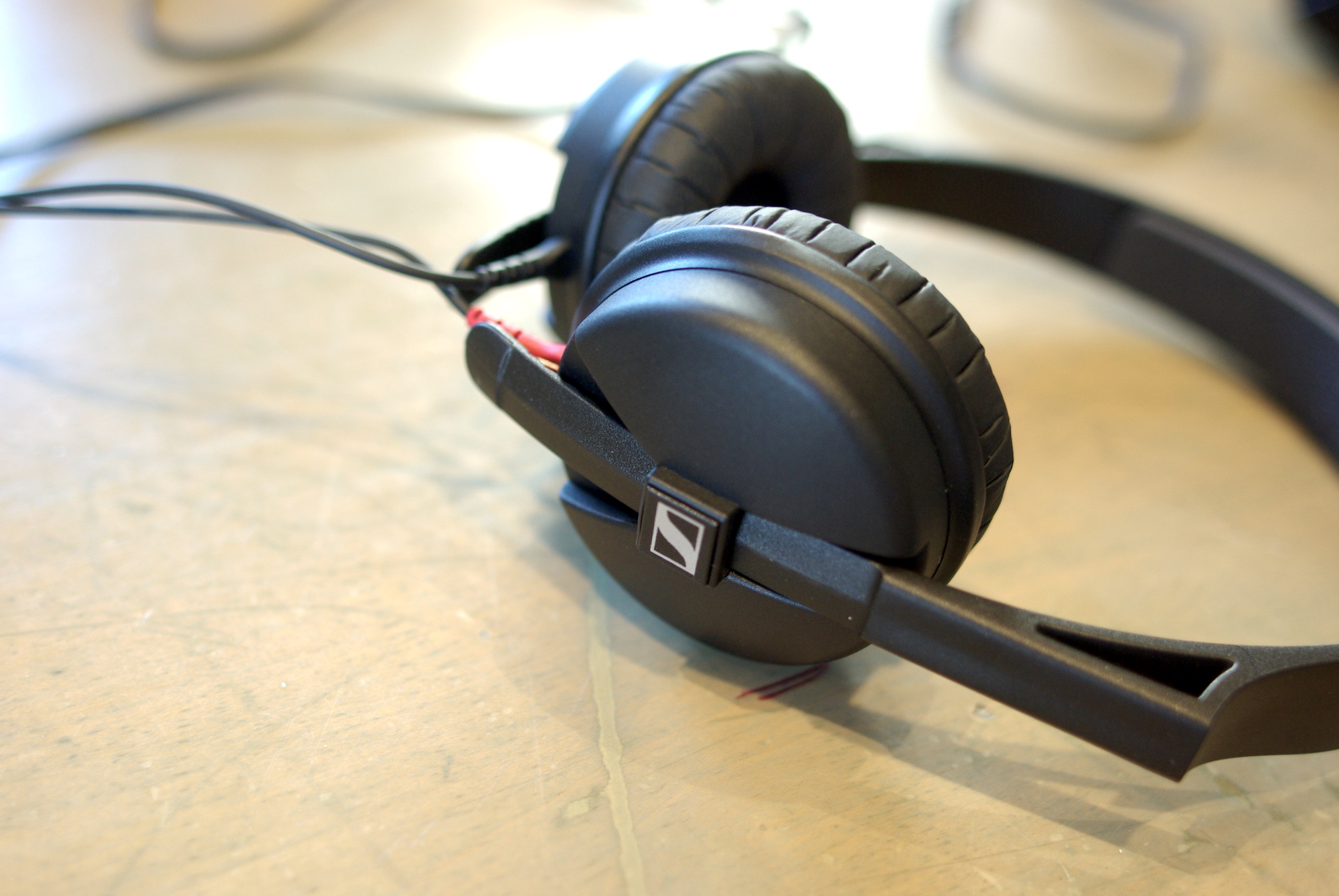
With the updated 2020 model, Sennheiser claim to have improved the drivers for more accurate sound. It’s not entirely clear what the changes involve on a technical level, but we strongly suspect that the Light now uses identical drivers to the Plus model: they’re certainly visually identical and the improved frequency response specs (16 Hz – 22 kHz) match the more expensive model exactly (the old model used a slightly cheaper driver and was only rated at 30 Hz – 16 kHz response).
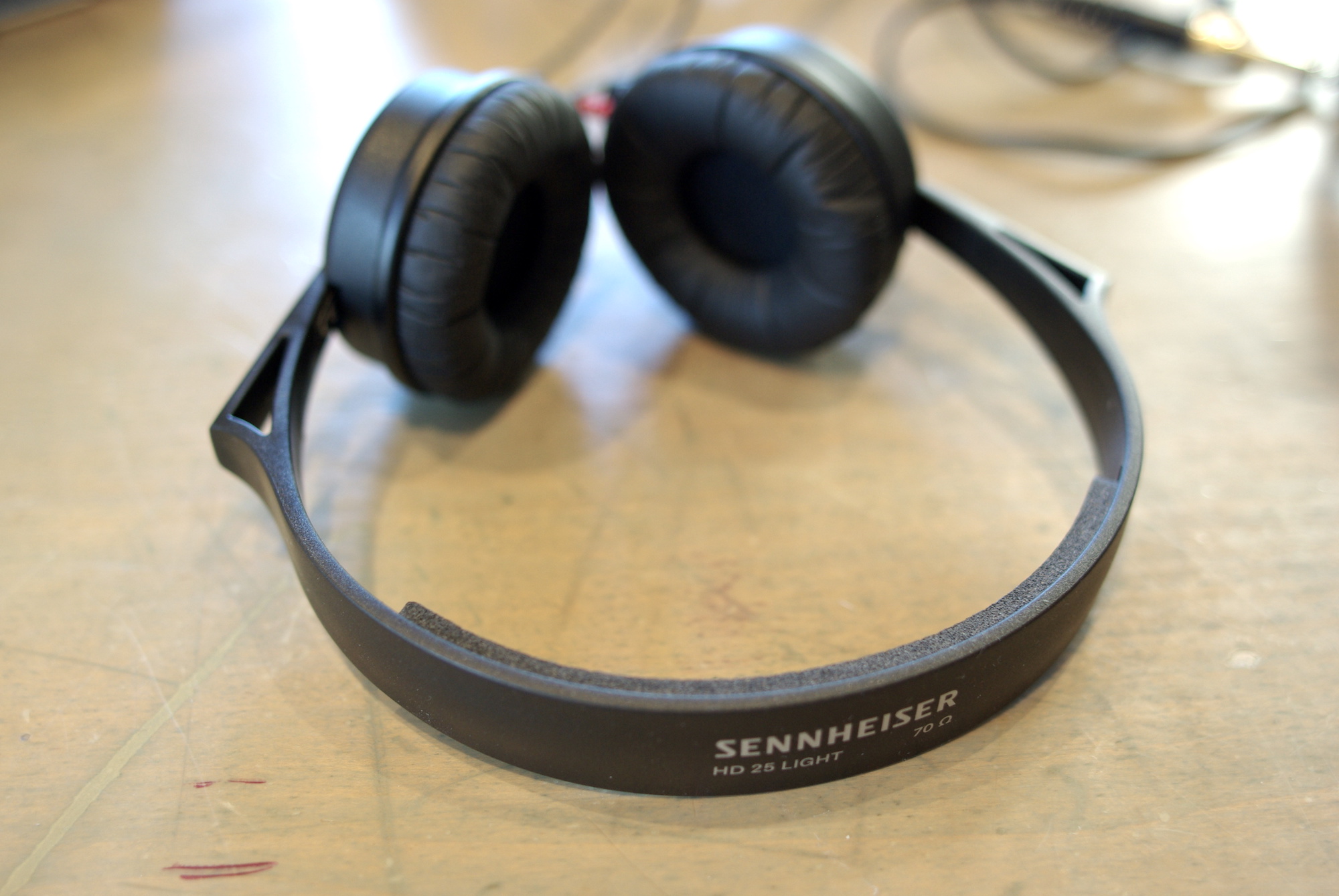
What that means in practice is that the Light model offers almost all of the characteristics that have always made the HD25s so popular: the sound is punchy, loud and clear, making it ideal for DJ monitoring. Isolation is good thanks to the leatherette earpads, blocking out ambient noise effectively. Comfort is relatively good, build quality is good and durability seems likely to be at least on a par with the more complicated premium models (after all, there’s less to go wrong with the simplified headband design).
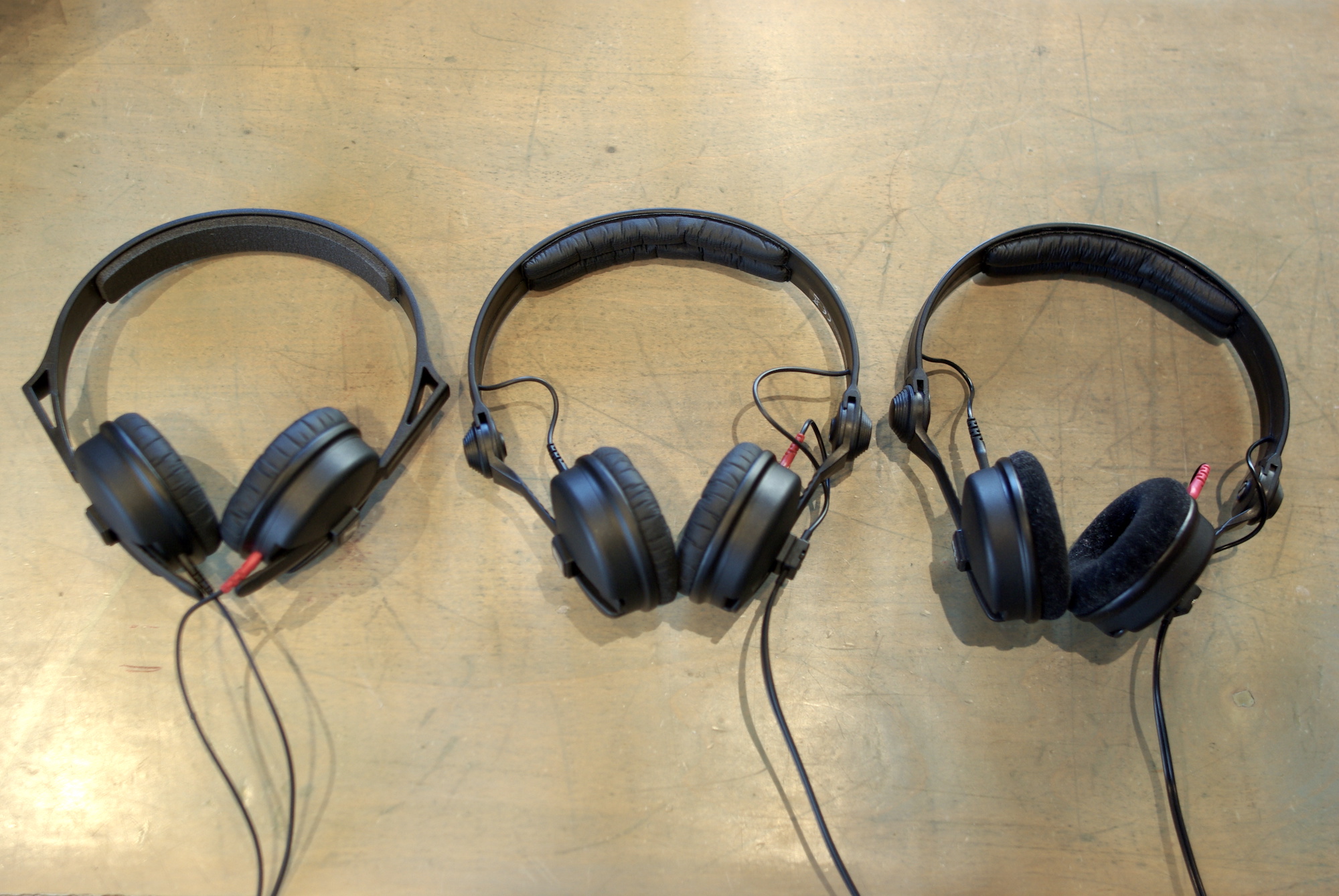
As a comparison, I lined up the HD25 Lights alongside a brand new pair of the current standard HD25s and my own time-served pair of the old HD25-1 model. It’s immediately obvious that the sound is consistent across all three, offering that trademark HD25 low-end punch in abundance. The newer models both sound a little bit more bass-heavy compared to my old faithfuls, but that’s probably down to my choice of velour earpads. Audiophiles continue to debate whether headphone ‘burn in’ really exists, but my own experience with HD25s suggests that they do mellow slightly with use.
What you sacrifice with the HD25 Lights is the adjustability of the rotating earpieces on the more expensive models, but that’s not necessarily a problem depending on how you like to use your headphones. Personally I can’t remember ever using the split headband feature with my own HD25s. I do use the rotating earpiece often, but I could certainly live with the more basic design, which I found I could easily set in place for single-ear cueing. It’s worth noting that the cable also attaches to both ear cups separately on this model, as opposed to the way it comes in on one side and routes around the top of the headband on the more expensive models. For studio use none of this is a problem at all, and I suspect a lot of people will be happy to sacrifice that little bit of adjustability for the cost saving over the premium models.
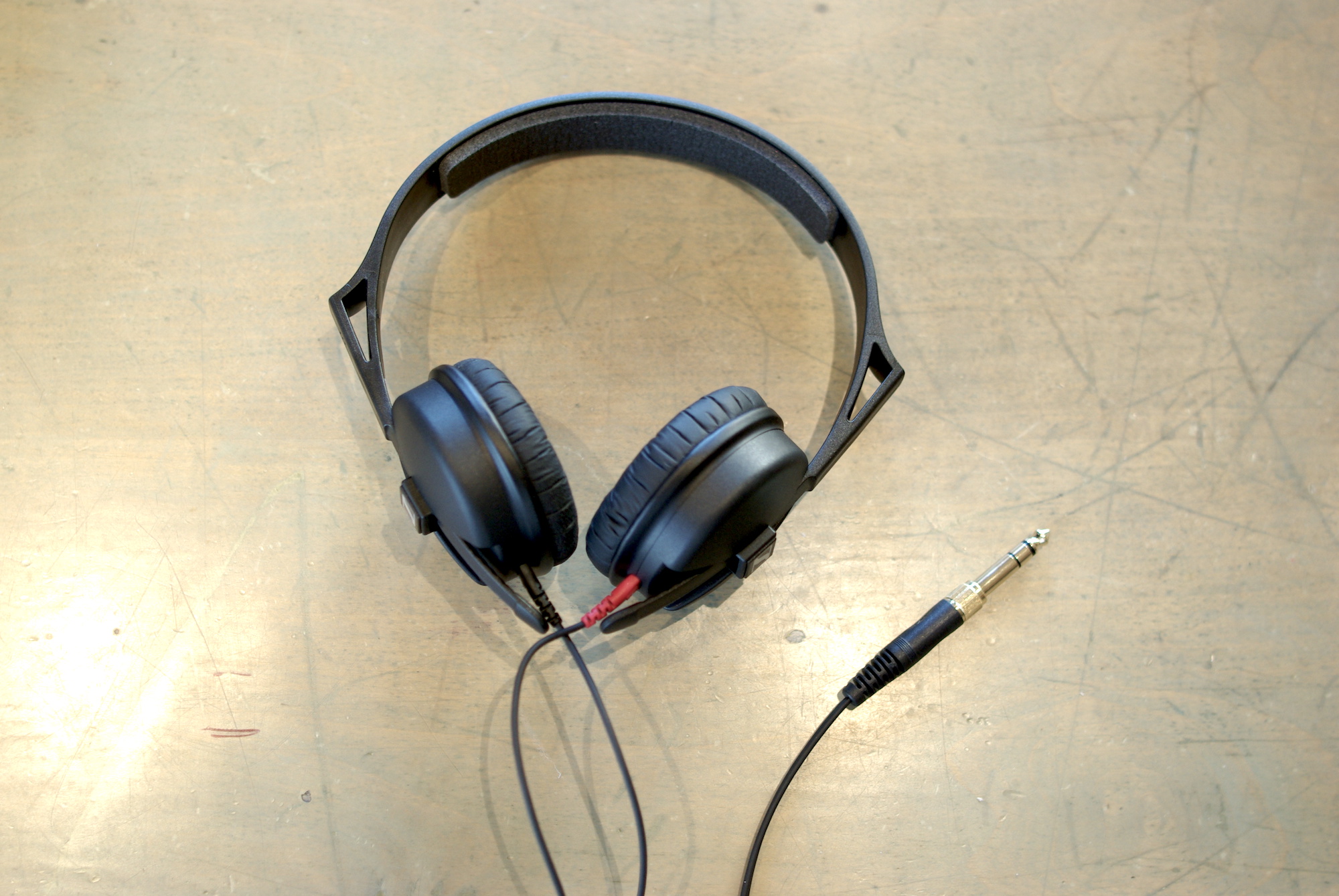
As far as the other accessories go, Sennheiser offer a range of options such as velour earpads, coiled cables and replacement parts. I prefer the comfort of the velour earpads, which slightly reduce isolation but which I also find balance out the sound a little. I also prefer a coiled cable for DJ use and straight for studio use and general listening, but this is very much a matter of personal preference. Either way, the modular design of the Lights also means that you can easily replace parts just as easily as you can on the other models, which has always been a major advantage of the HD25s, allowing you to customise them slightly but more importantly to repair them if you do happen to damage anything.
Overall, the improved HD25 Light is now a genuinely impressive entry-level option, offering virtually identical sound to the more expensive models but at a very attractive low price. The upgraded drivers make all the difference, meaning that you can now get the classic HD25 sound on a budget.
Greg Scarth
More info/buy
